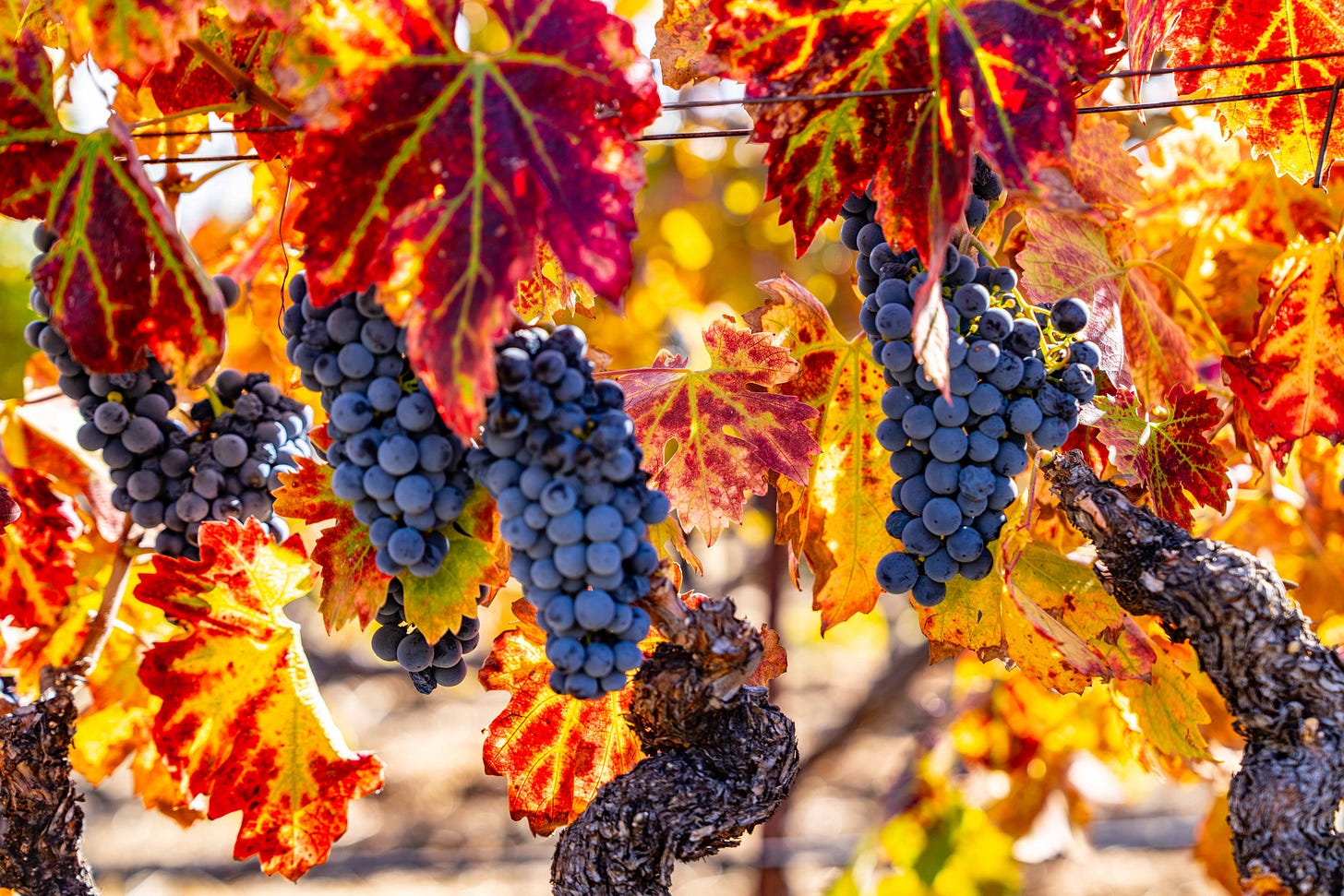We Need Your Help
If you’re reading this, you care about independent, locally owned, ad-free journalism — reporting that puts our region’s stories first, not corporate interests or clickbait.
Join a community that values in-depth, independent reporting. Become a paid subscriber today — and if you already are, thank you. Help us grow by liking, commenting and sharing our work.
The Spotlight
Welcome to “Under the Hood,” our exclusive Saturday series for Napa Valley Features paid subscribers. This week we dig into the cost of expanding tourism infrastructure in a market where demand is no longer keeping pace — a closer look at what’s driving revenue growth and why it may not be sustainable.
Additionally, we’re diving into the latest data from our readers’ polls and providing insights from our economic dashboard, covering local Napa Valley, U.S. and global markets.
In addition, we feature "What We Are Reading," a section with a handpicked list of recent articles that provides a variety of viewpoints on issues important to our community and beyond.
“What We Are Reading” quotes of the day:
“This year's last-week-of-March beginning is about average for us.” — from Tablas Creek in "Budbreak 2025 Arrives a Week Later than 2024, Showing the Impact of Our Late Rain," Tablas Creek Blog.
"Consumers are increasingly seeking eco-friendly options, and wineries are responding by reducing their carbon footprint and using natural ingredients in production.” — from "Current Trends in the Wine Industry," Dimension Funding.
“Prioritizing the development of robust online strategies and continually refining digital content will be critical to staying competitive and capturing consumer engagement across channels.” — from Guy Wolfe in "E-commerce alcohol sales to hit U.S. $36 billion by 2028," The Drinks Business.
“Job cut announcements were dominated last month by Department of Government Efficiency plans to eliminate positions in the federal government. It would have otherwise been a fairly quiet month for layoff,” from Andrew Challenger in "Federal Cuts Dominate March 2025 Total: 275,240 Announced Job Cuts, 216,670 from DOGE Actions," Challenger, Gray & Christmas Inc.
"Restaurants will suffer, domestic producers will face new obstacles in bringing their wines to market, and retailers, importers and distributors across the country will be placed at serious risk. With their biggest profit center decimated, many restaurant investors will decide to take their money elsewhere." — from the U.S. Wine Trade Alliance in "American Wine Sector Contemplates the Tariff Fallout," Meininger's International.
“This isn’t just about trade. It’s about people, livelihoods and an agricultural success story built over generation.” — from Robert P. Koch in "Wine Institute Responds to Administration’s Latest Trade Action and Ongoing Canadian Ban," Wine Institute.
“You cannot make important decisions on your supply chain when the rules of the game keep changing.”— from Peter Sand in "Trump's reciprocal tariff plan amplifies risk of ocean shipping chaos, executives say," Reuters.
"Just 15% of women aged 18-29 polled from 2020 to 2024 said they have excellent mental health, down 33 points from the 48% of women this age saying the same in 2010-2014." — from Lydia Saad in "Pandemic's Effects Linger in Americans' Health Ratings," Gallup.
"This will go down as one of the darkest days in modern scientific history in my 50 years in the business." — from Michael Osterholm in "'One of the darkest days’: NIH purges agency leadership amid mass layoffs," Nature.
“We’ve built this over 25 years … and it was destroyed with an e-mail in a day.” — from Lisa Hightow-Weidman in "Trump team guts AIDS-eradication programme and slashes HIV research grants," Nature.
The Cost of More — When Supply Outpaces Demand
By Tim Carl
NAPA VALLEY, Calif. — This piece builds on two recent “Under the Hood” articles. In the March 22 analysis, “A Growing Divide Between Lodging Supply and Demand,” we explored the widening gap between hotel development and actual visitor traffic. That report showed that while more rooms were added and prices climbed, occupancy never returned to pre-pandemic levels. In the March 29 follow-up, “What January’s Job Numbers Signal for Napa’s Future,” we examined employment stagnation since 2019 and introduced frameworks such as secular stagnation, doing with less and labor-hoarding — concepts that help explain why job numbers remain flat despite ongoing infrastructure expansion.
Together, the data reveal a consistent pattern: Infrastructure has expanded, but employment and visitor demand have not. These aren’t isolated trends. They reflect structural dynamics shaping the local economy — and they challenge the long-standing assumption that building more will result in growth.
Today’s report shows that the post-pandemic surge in Transient Occupancy Tax revenue has been driven by higher prices — not by rising demand or an increase in visitors. Despite substantial investment in infrastructure and millions of dollars spent on aggressive marketing, the anticipated recovery in tourism has not materialized. The “build it and pitch it” strategy — the idea that new hotels, tasting rooms and promotional campaigns would generate renewed momentum — has not delivered. What remains is a landscape of higher fixed costs, heightened competition and fewer guests — and nothing in the data suggests that the trend of increasing supply and declining demand will reverse any time soon.





